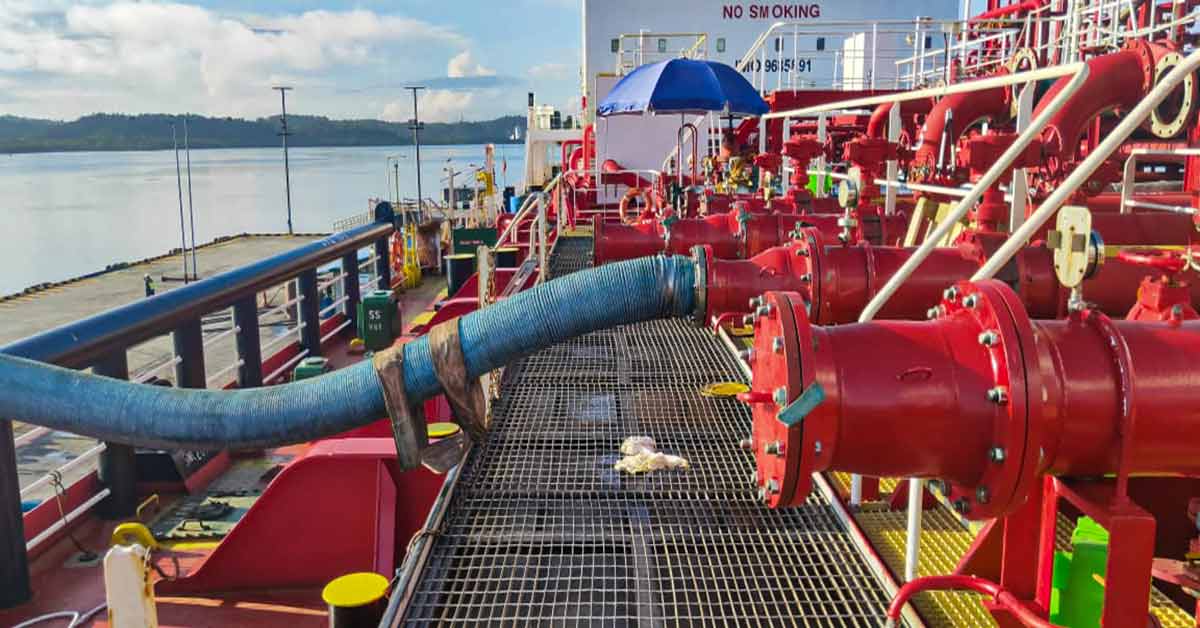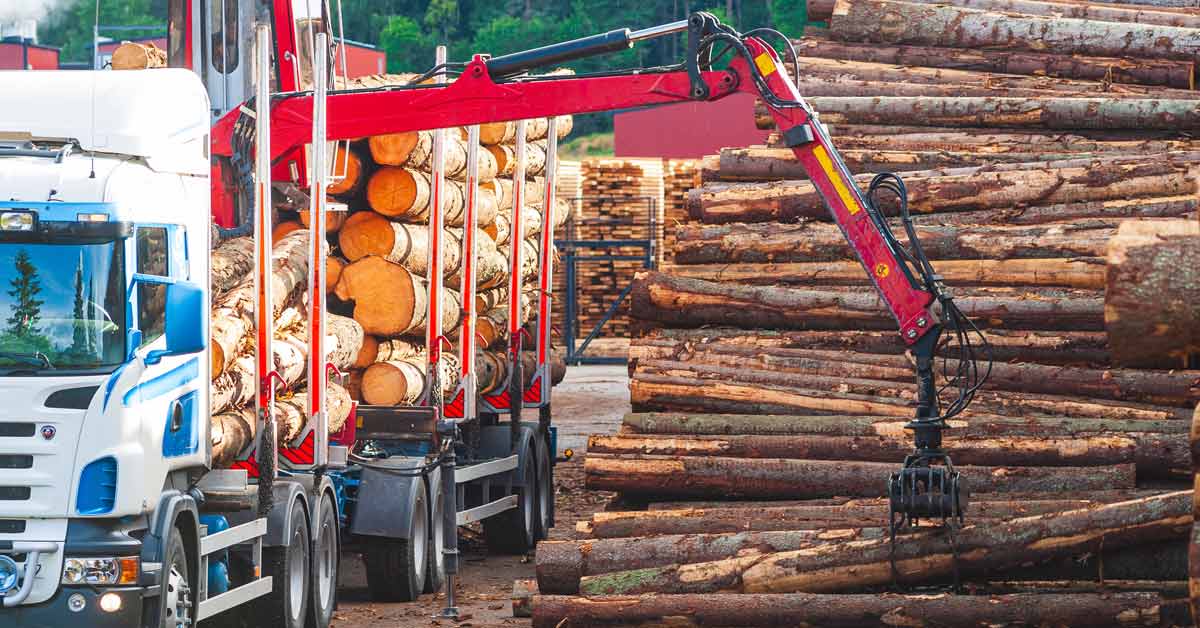2 min read
China’s Biodiesel Exports Move to Asian Bio-Bunkering After EU Anti-Dumping
ResourceWise
:
Jan 9, 2025 12:00:00 AM

China’s biodiesel export patterns have significantly shifted since mid-2024. Noticeable changes in destination markets already show the impact of trade policies and evolving global demand centers.
November's export figures paint a clear picture of this transition. The data highlights China’s pivot away from Europe and toward Asian bio-bunkering hubs.
Declining Exports to Europe
According to a Prima CarbonZero analyst report, China exported about 73,500 tons of biodiesel in November 2024. The difference marks a 1.8% month-over-month decline and a much more substantial 11.8% drop compared to the same period last year.
Export volumes to Europe, once a dominant destination, have plummeted to historic lows due to the imposition of anti-dumping duties. Only about 4,300 tons reached Europe in November—lower than volumes shipped to individual markets like the United States or Hong Kong. This amount clearly shows a stark contrast to the robust trade seen in previous years.
Read More: EU Anti-Dumping Ruling on China Marks Serious Shift in Biofuels Market
In the wake of the EU’s anti-dumping duties, shipments to Europe fell to just over 30,000 tons by October, the lowest monthly total since November 2021. The November data, meanwhile, marks the lowest export volume to Europe since June 2018.
This shift highlights how the new trade barriers have left Chinese exporters seeking alternatives outside the European market.
Rising Demand from Asian Bunkering Hubs
China’s biodiesel exporters have adapted to this challenge by redirecting their shipments to several key bunkering hubs of Asia. Unsurprisingly, Singapore was the greatest recipient in November, importing about 37,000 tons of biodiesel—a 28% month-on-month increase. Closely following was Malaysia at close to 20,000 tons.
These numbers reflect a staggering 93% rise compared to October and a 339% increase year-over-year. The shift runs in-line with Singapore’s growing role as a global bio-bunkering leader.
Read More: Bio-Bunkering Sees Impressive Growth with Surging Demand in Asia
Hong Kong has similarly seen notable growth in Chinese biodiesel imports. Taking in close to 5,000 tons in November, it reported increases of 87% month-over-month and 79% year-over-year.
As trade dynamics further solidify, it is clear that Asian hubs will now play a critical role in absorbing the biodiesel volumes Europe has largely left behind.
Surprising Entries to New Markets
Beyond Asia, China’s biodiesel exports found a surprising new market in the United States. For the first time, about 5,300 tons were shipped to the U.S. in November. The amount has already sparked discussions within the energy industry about where Chinese biodiesel might gain footholds next.
Other destinations added moderate volumes to their intake. South Korea imported nearly 1,900 tons, although this figure was down 20% month-over-month and 30% year-over-year. Germany saw similarly modest volumes at around 1,300 tons, while Spain imported about 3,000 tons—its first shipment from China since last May.
What Lies Ahead for China’s Biodiesel Trade?
The November data solidifies the broader trend of Chinese exporters leaning on Asian bunkering hubs as primary outlets for their biodiesel. With Europe's anti-dumping duties still in place, the likelihood of a resurgence in demand from the region appears slim. But the rising interest and demand within bio-bunkering markets has created some opportunity to redirect these fuels.
While minor fluctuations in trade patterns are expected, the longer-term trajectory points to sustained growth in exports to Asia and other emerging markets.
Singapore’s and Malaysia’s dominance as central bunkering hubs is likely to continue as they absorb greater volumes of biodiesel. China’s exploration of new markets, including the US, suggests a willingness to diversify relationships in the face of evolving trade dynamics.
Get an In-Depth Look at the Growing Bio-Bunkering Market
As growth and adoption of biofuels surges globally, marine fuels are coming front-and-center in the spotlight. Bio-bunkering saw impressive growth in 2024, and that trend only looks to carry on.
Want to learn more about this critical biofuels market sector? Check out our on-demand webinar, The Rise of Marine Biofuels, for an in-depth discussion on all the critical bio-bunkering topics for 2025.
Follow the link below to access the webinar.






